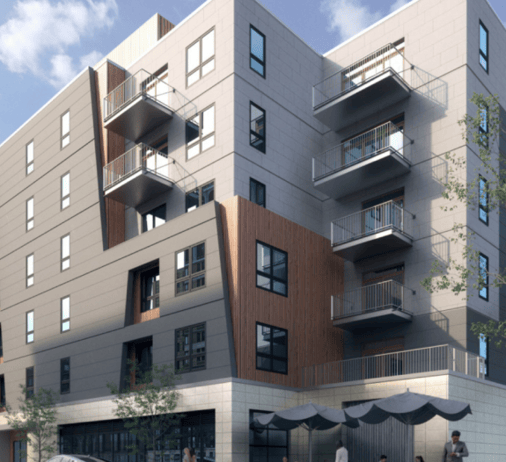Micro-Locality in Real Estate
Having been in real estate my entire professional life, I am always getting asked, by both clients and friends, “how’s the market”? Perhaps for more than for any other industry, the general population always seems very interested in real estate. Maybe it is because everyone lives somewhere, and most people’s core expense is that of their home. Some people already own, some are thinking of buying or selling, and the rest are just plain curious. The answer I’d like to give is “how much time do you have?”, as there is no authentic generic answer to this question. But then you may end up stuck talking to me for an extended period of time, which I wish on no one….
So, instead I’ve copped out to “depends” as my go to answer….
That is not only the honest answer, but the most accurate. It is an answer fueled by what the general public, and frankly most industry professionals, just do not grasp. Real estate is micro-local. It’s that simple. The market can vary dramatically from region to region, state to state, city to town, neighborhood to neighborhood, street to street, and even on the same street!
Conveying this fact is the biggest challenge for many RE professionals. The media is the media, and I am not unequivocally knocking them, as they have limitations on what and how they can create their stories. The issue I have is that much of what is reported is not wholly applicable to what or where it claims to be encompassing. The depth of information is just not there, given that it is often data that should not be mashed together in the 1st place.
The best analogy I can come up with is stew. Even the best stew is not gonna taste right when you start mixing in rice krispies and marshmallows with the meat, vegetables and stock. These ingredients should not be in the same pot and be presented for dinner. They taste well on their own, but when combined together, just do not work. [In case you couldn’t tell, I really like rice krispy treats, they are my all time favorite food.] That’s how I feel when data that should be segmented is consolidated: it throws off the consistency and true flavor of what is happening in the market. In fairness, the media has a limited window of presentation and is trying to condense everything into one meal. The problem is that more often than not, it just does not work.
A Perfect Example of "Micro-Locality"
 The best example of what I’m trying to convey is right here in our home market in Boston’s Back Bay. Marlborough Street is one of the city’s most storied and desirable locations. Many luxury condominiums and single family townhomes sell there every year. What most people would not know is that there is a HUGE value difference in the odd numbered “sunny” side of the street versus the even numbered side of the street.
The best example of what I’m trying to convey is right here in our home market in Boston’s Back Bay. Marlborough Street is one of the city’s most storied and desirable locations. Many luxury condominiums and single family townhomes sell there every year. What most people would not know is that there is a HUGE value difference in the odd numbered “sunny” side of the street versus the even numbered side of the street.
There is a recent transaction to prove this point. We just sold a single family townhouse at 290 Marlborough St. for $4.3M. This home (pictured at left) was gut renovated at the exact time, and by the same developer, as another home at 293 Marlborough Street. They are similar homes, but in 290, there is an extra living level, and there were $250K mo
re in customizations than its sister building at 293, which sits almost directly across the way on the sunny side of the street ("sunny side" because that side of Marlborough Street gets a lot more direct sunlight on the properties there due to the geography of the Back Bay). Yet 293, a smaller and less customized property, sold last year for $4.7M. That's about a +-15% swing in market value, which can almost wholly be attributed to 293 being on the “sunny side” of Marlborough Street.
Other examples of "Micro-Locality" in the Boston Real Estate Market
Not far off in the South End there are a myriad of “sub-markets”: the golden triangle, the Eight Streets neighborhood, SOWA, SOHA, Mass Ave, etc. are all very different in their amenities and values, yet they are all lumped together in “South End” data.
New developments can also swing the statistical pendulum significantly and these need to be separated as well. In the Back Bay, when the Mandarin Oriental was built and all the units were sold in the short time frame of 2 months in 2008, that data severely skewed the market statistics for the quarter and the year. So much so, that smart data analysts extracted it in their market reporting, a responsible and shrewd move that enables the data presented to maintain its integrity. More of this type of drilling into data is critical when properly analyzing the market.
So. How’s the market you ask?
Depends…..
-------------------------------------------------------------------
2010 Boston Real Estate Market Report
 Looking for accurate data and market trends for the Boston real estate market with neighborhood by neighborhood analysis?
Looking for accurate data and market trends for the Boston real estate market with neighborhood by neighborhood analysis?
Get the 2010 Boston condo market report sent directly to you by email.
For more information, click here.
